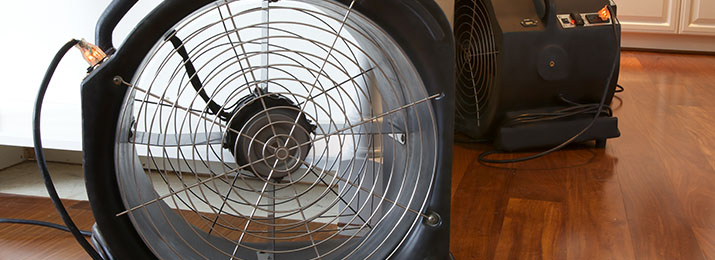Mold Removal
Mold Removal and Restoration
Mold can be a serious health and comfort problem in indoor environments requiring certified techniques to ensure complete mold removal. Mold spores can increase asthma and other respiratory problems while harming the health of the young and elderly. To properly identify the toxicity of the substance, our mold testing procedures are second to none.

Mold Eradication
Air Care & Restoration takes a long term, professional, evidence based approach to resolving mold problems and has designed the following 12-step mold testing process. Of course, each instance of mold occurrence is unique, and the most effective solution varies from case to case. However, the major steps in mold removal are similar.
The most critical step in mold remediation is inspection and testing of the property by a certified indoor environmentalist (CIE). We can determine the root cause of mold growth. We aim to elevate the standards and methods set by the EPA for mold cleanup. Mold spores are present everywhere in indoor and outdoor environments. Mold growth indoors is atypical and is often due to excessive moisture. In Mold Abatement, we remove visible mold. In Mold Abatement, the root causes of mold growth is found. We correct and remove all traces of mold. We also test for mold spores before and after mold removal to ensure that remediation has been successful and issue a CIE-signed Certificates of Completion.
The first step is to minimize the spread of mold spores to adjoining areas by erecting a physical barrier. This usually consists of 4-mil polyethylene film sealed to the existing structure. This containment is provided with negative air pressure high efficiency particle air filtration (HEPA filtration) and sealable openings to allow entering and leaving.
We cover floors and belongings with tarps to minimize opportunity for damage or contamination.
We carefully HEPA vacuum personal items to remove mold spores and minimize contamination of clean areas. These items will remain untouched during demolition. During mold removal, personal items that have been cleaned are generally removed from the containment area. We remove dust, debris, and mold spores via HEPA vacuuming.
Complete mold removal requires disposal of contaminated or wet building materials such as carpeting, trim, dry wall, sub-flooring, and insulation. These items are carefully identified within the containment and sealed in plastic bags. We then remove them from the building.
Complete mold removal requires disposal of contaminated or wet building materials such as carpeting, trim, dry wall, sub-flooring, and insulation. These items are carefully identified within the containment and sealed in plastic bags. We then remove them from the building.
A common cause of mold in basements or crawl spaces is excessive weeping of concrete, cinder block, or stone walls. Air Care & Restoration treats masonry walls with a sealant designed to resist hydraulic pressure and minimize weeping of ground water into the building.
We scrub visible surface mold with an antimicrobial cleanser to minimize the opportunity for regrowth of mold on contaminated surfaces. Heavily mold contaminated clothing, cloth furniture, bedding, and carpeting generally must be disposed of as it cannot be reliably decontaminated.
We cover porous surfaces with an antimicrobial coating to prevent future mold growth.
HEPA equipped air washers remove the last traces of airborne mold spores. We carry out testing after 1-3 days of recirculation.
When testing shows that mold levels have been reduced to an acceptable level, Air Care & Restoration issues a Certificate of Completion.
If desired, Air Care & Restoration can restore dry wall, trim, flooring and other building materials allowing complete restoration of the indoor space. We have the skills and experience to restore walls and flooring to their pre-damaged condition allowing a single contractor to perform removal of contaminated or damaged building materials, cleaning, and treatment of remaining structural materials and restoration or “put back”. Having one company perform all of the work gives the client a single responsible party, eliminates managing multiple contractors and overlapping responsibility, and potentially reduces overall cost.



